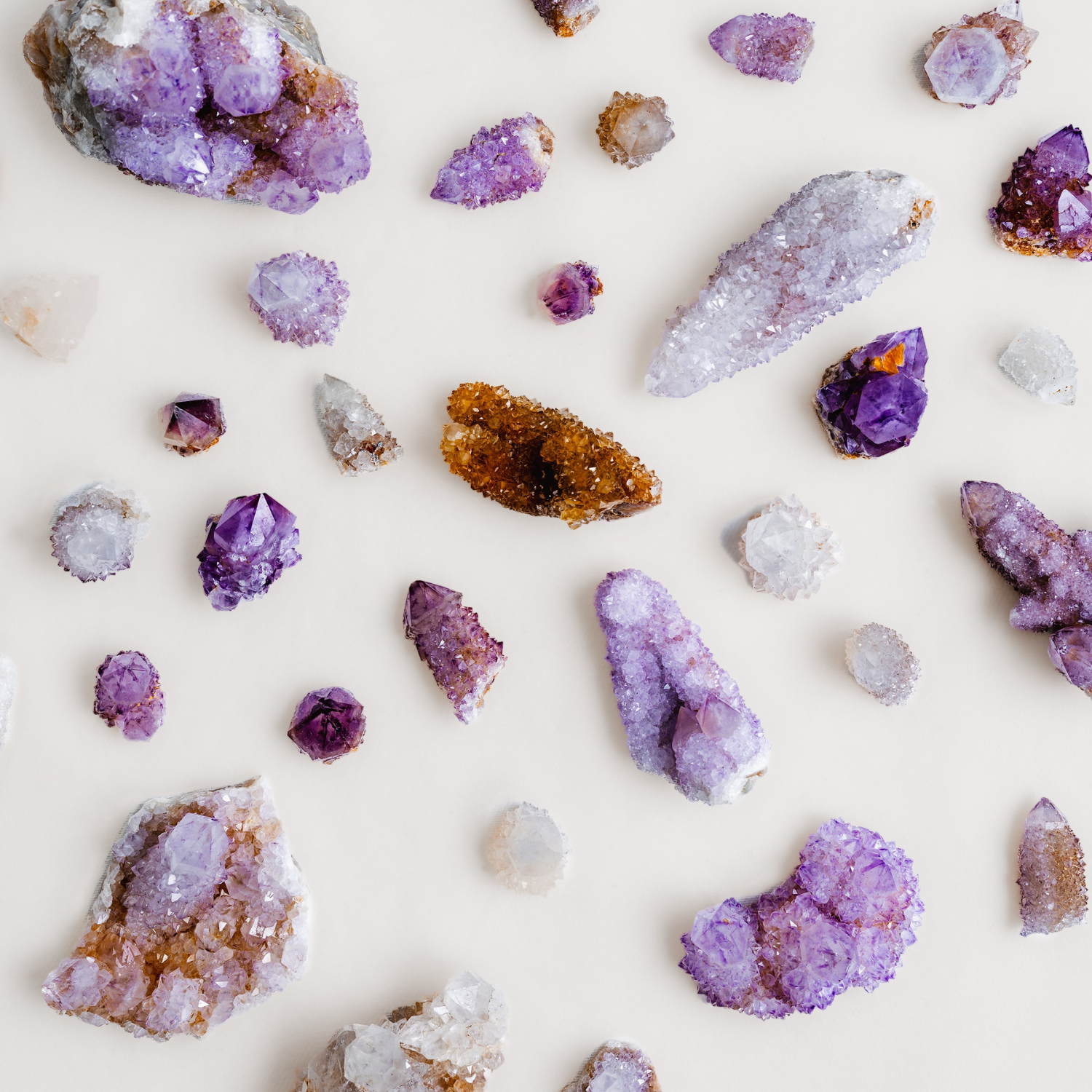

DIY Nature Crafts and Projects
Nature offers a world of inspiration and wonder, providing endless opportunities for creative expression and scientific exploration. Today we will delve into the realm of DIY nature crafts and projects that combine artistic flair with a deeper understanding of the natural world. From creating nature journals to building bird feeders and even crafting miniature ecosystems, these activities will spark curiosity, foster a connection with nature, and encourage hands-on learning.
- Nature Journals
Nature journals are a fantastic way for children to document their observations and discoveries while spending time outdoors. Encourage kids to gather leaves, flowers, or interesting rocks during nature walks, and then press and glue them into their journals. They can also write descriptions, draw sketches, or make notes about the plants and animals they encounter. Nature journals promote creativity, observation skills, and a deeper appreciation for the environment.
- Bird Feeders
Building bird feeders not only provides a feeding station for birds but also offers a chance to observe and learn about different bird species. Using recycled materials such as pinecones, empty plastic bottles, or milk cartons, children can create bird feeders and decorate them with natural elements like twigs or leaves. Hang the feeders outside and encourage kids to observe the birds that visit. This activity instils a love for wildlife, teaches responsibility, and encourages scientific observation.
- Nature-Inspired Art:
Encourage children to unleash their creativity by making art with materials found in nature. They can create leaf rubbings by placing leaves under paper and gently rubbing crayons or colored pencils over them, revealing the intricate textures. Another idea is to make nature collages using dried flowers, leaves, and other natural materials, arranging them into beautiful compositions. Nature-inspired art celebrates the beauty of the natural world while allowing kids to explore textures, colors, and patterns.
- Terrariums and Miniature Ecosystems:
Building miniature ecosystems provides a hands-on experience in understanding how plants, soil, and natural elements interact. Using clear containers, children can create terrariums by layering soil, rocks, and small plants. They can observe the water cycle and learn about the importance of sunlight and proper care for the plants. Miniature ecosystems offer a tangible way to explore ecological concepts and foster an appreciation for the delicate balance of nature.
- Nature Mandalas:
Mandalas are geometric patterns often used as a form of meditation and creative expression. Nature mandalas take this concept outdoors, using natural materials to create intricate patterns on the ground or on a flat surface. Children can collect leaves, flowers, pebbles, and other natural objects to arrange them into symmetrical patterns. Nature mandalas promote mindfulness, pattern recognition, and an appreciation for the beauty and symmetry found in the natural world.
Engaging in DIY nature crafts and projects opens a gateway to both artistic expression and scientific exploration. Nature exploration can unleash creativity and has a range of benefits. These activities offer a unique blend of creativity and hands-on learning. By incorporating natural materials and concepts into their crafts, children develop a deeper understanding of the environment, foster curiosity, and nurture a sense of wonder for the wonders of nature.
If you like DIY projects, take a look at our at-home science experiments.